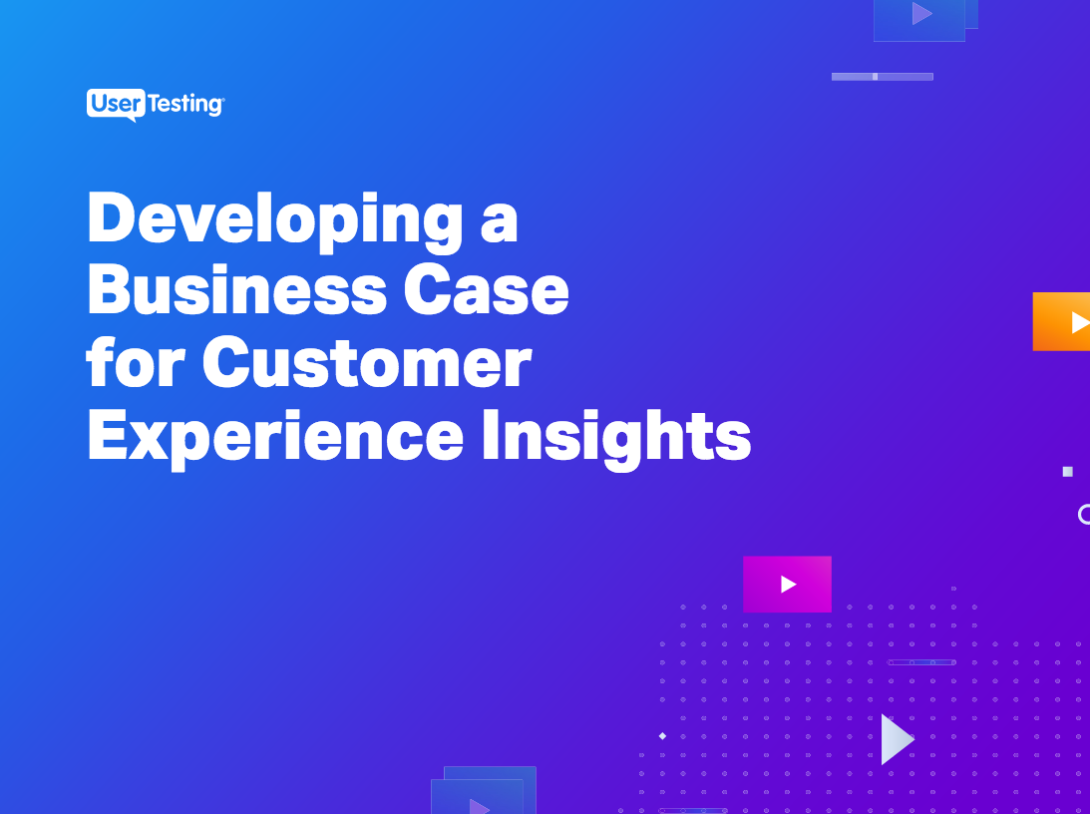
Observation: the true mother of invention

There’s an old proverb that says, “Necessity is the mother of invention,” but the same could be said about observation. Everyday life affords us endless opportunities to observe our surroundings, from the people we interact with, to the technology and tools that we leverage. None of it’s perfect, and all of it can be improved upon—if we pay attention. Observation of our environments and how people interact with them can reveal valuable information that can drive better product decisions and ultimately create better customer experiences. If you’re not already gathering human insights by observing your customers interacting with your products, here are three reasons why this should be a regular part of your product development process:
1. The curse of knowledge
The curse of knowledge can happen to the best of us. When it strikes, the curse of knowledge means that no matter how hard you try to separate yourself from a project, you can't un-know what you know. The instant you get involved with a project, you’ll never have fresh eyes on it again. Observing real people as they interact with your site, app, or product lifts that curse just long enough for you to get new insights. That feature your market research told you “everyone” wanted? When no one even notices it, or worse, they think it’s not useful, you realize that what you “know” may not be what’s happening with your customers in real life.
2. Being human
When you’re immersed in a project it’s natural to start speaking in jargon. But is that the same language your users are speaking? Probably not. There’s a scene in 2001: A Space Odyssey where one of the main characters is attempting to use a zero-gravity toilet. A simple appliance becomes daunting and possibly unusable because the instructions were filled with excess information and wording that made the character question his ability to use it. If you asked someone how to operate that same toilet, it's unlikely they'd detail everything from that list. Observing real people using your product reminds you that there’s usually a human being at the other end. Communicate with your users like the human beings they are.
3. Context
Have you ever taken your car to a mechanic to inspect a suspicious noise, only to have them tell you they couldn’t find anything? You leave, maybe feeling a little embarrassed or frustrated, only to hear the noise again after making a sharp turn. There’s something unique about the way you drive, the route you take, and the exact conditions you’re under when that sound is produced. That’s context. And your users are in the same position. Observing users in their natural environment—whether it’s at home on the couch, or in their car—gives you product insight that you’d never get from a survey, and probably not from the lab, either.
Observation’s reward
The reward for observation is more than just insight for solving existing problems. It can help you find new ones before your customers do. The inspiration for things like gravity and Velcro came from observation. Newton, as legend tells us, watched an apple fall from the tree, and now we know about gravity. And Velcro emerged after its creator, Swiss engineer George de Mestral, labored over prying burrs off his dog after a hike. We can look at statistics and spreadsheets until we go blind, but until you see a frustrated user struggling to get the information they need, you won’t fully understand their plight. This is why gathering human insight is so important at every stage. Observing users gives you insight not just on what they do, but what’s driving them, and more importantly, how they feel when they’re doing it. Stepping back and observing real people using your products in their natural environment may be the easiest and most valuable method for understanding how they interact with your offering. Perhaps observation is the true mother of invention.
In this Article

Learn effective strategies to gain support from key executives and stakeholders for enhancing your CX.
Learn effective strategies to gain support from key executives and stakeholders for enhancing your CX.


